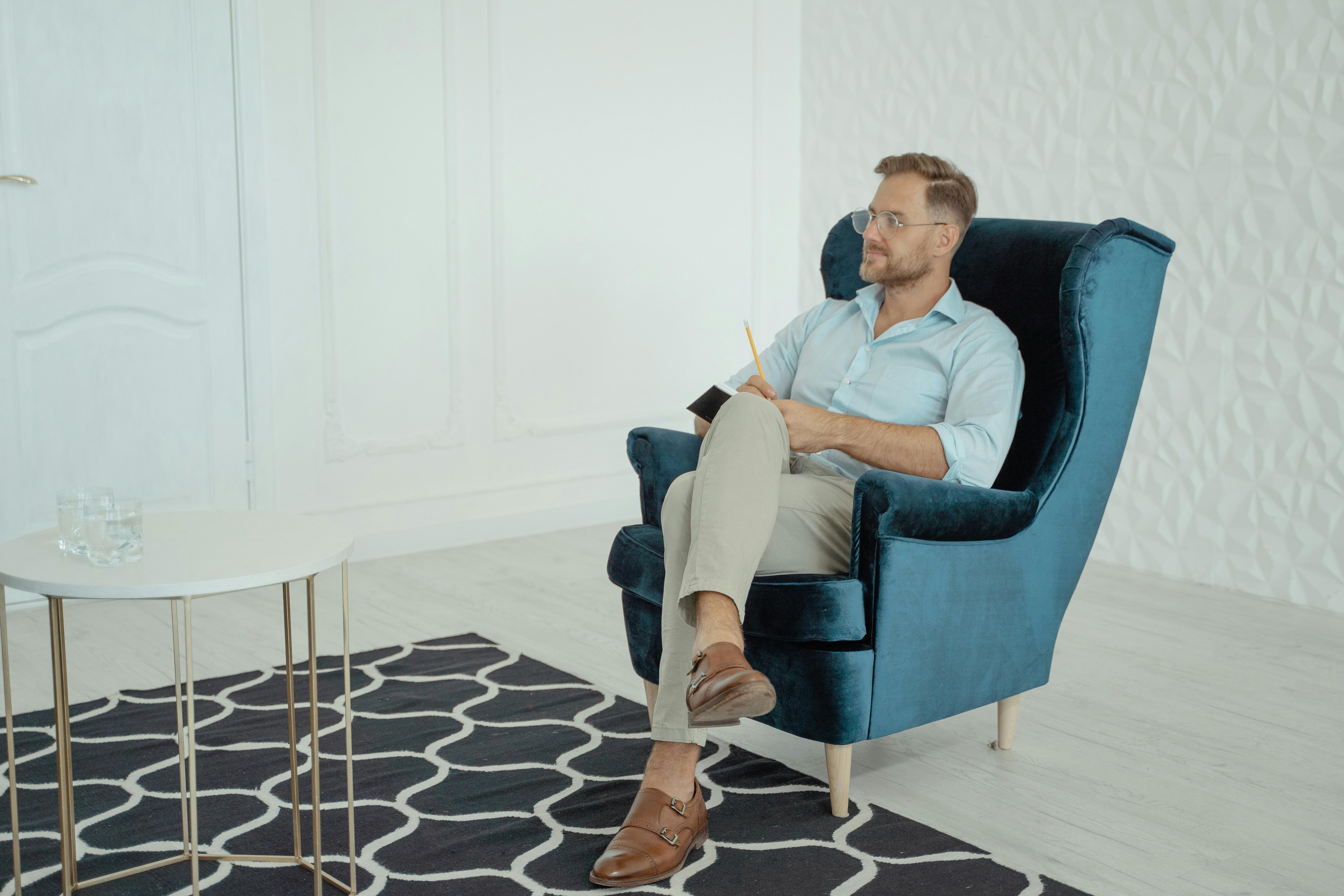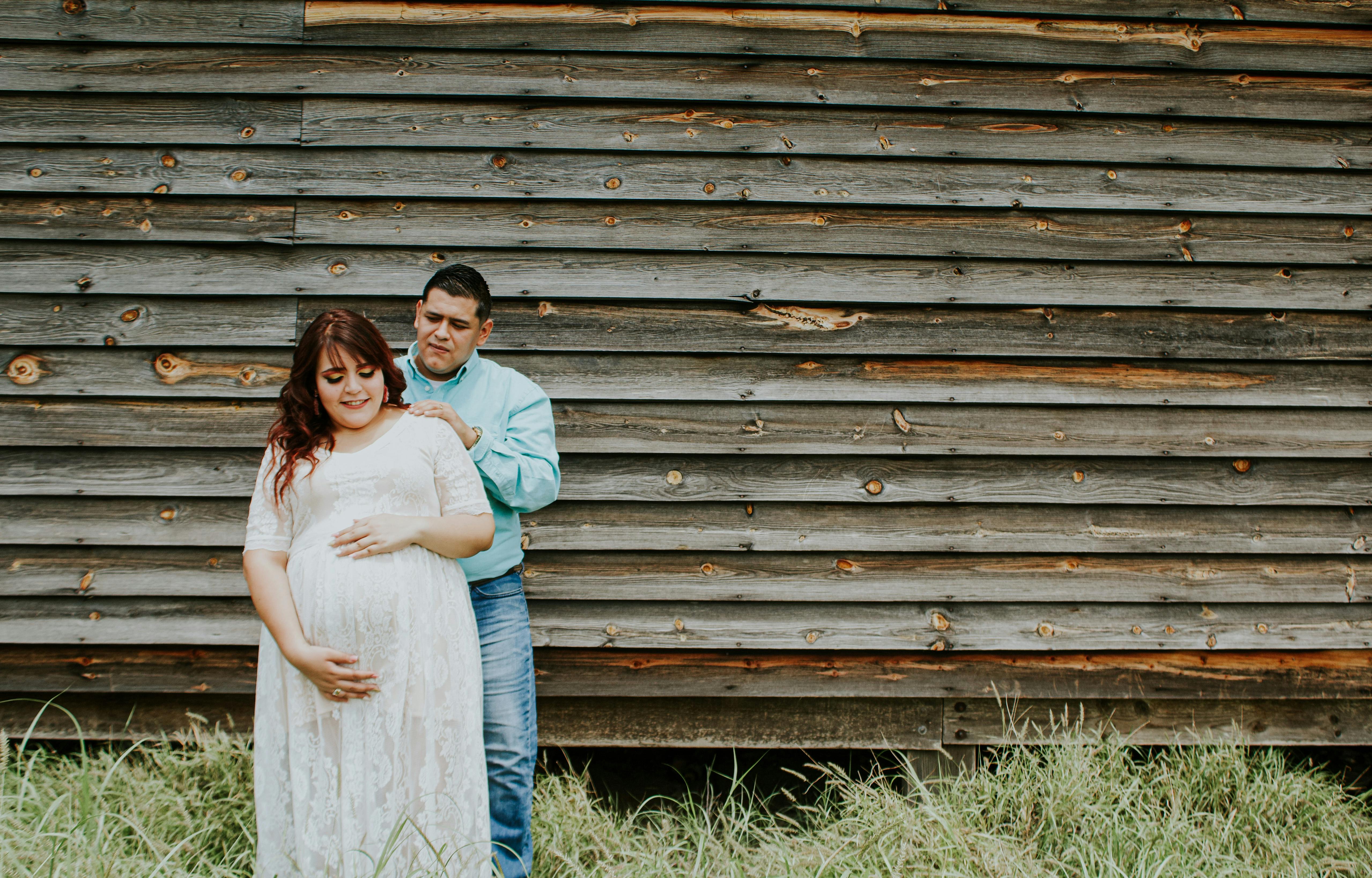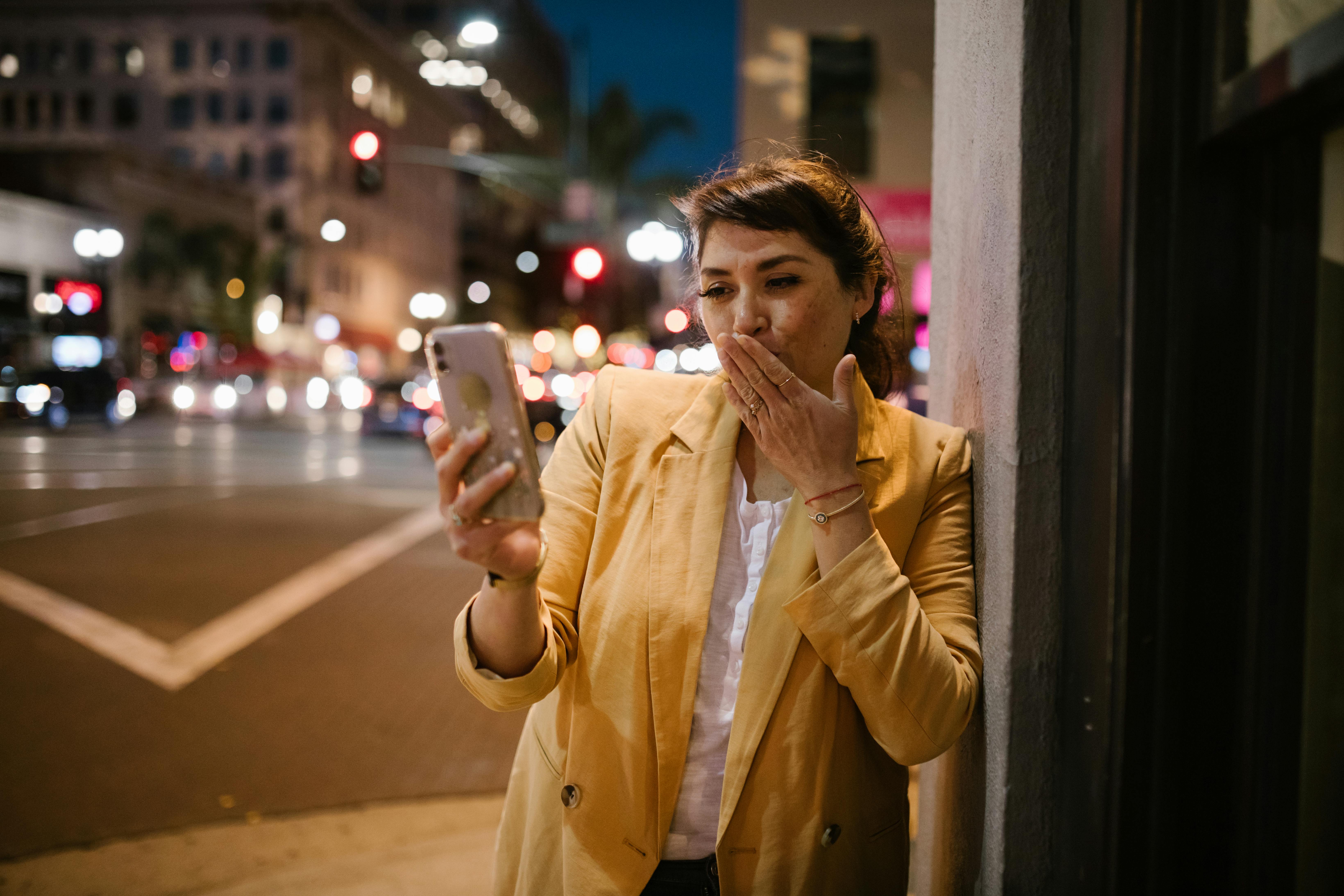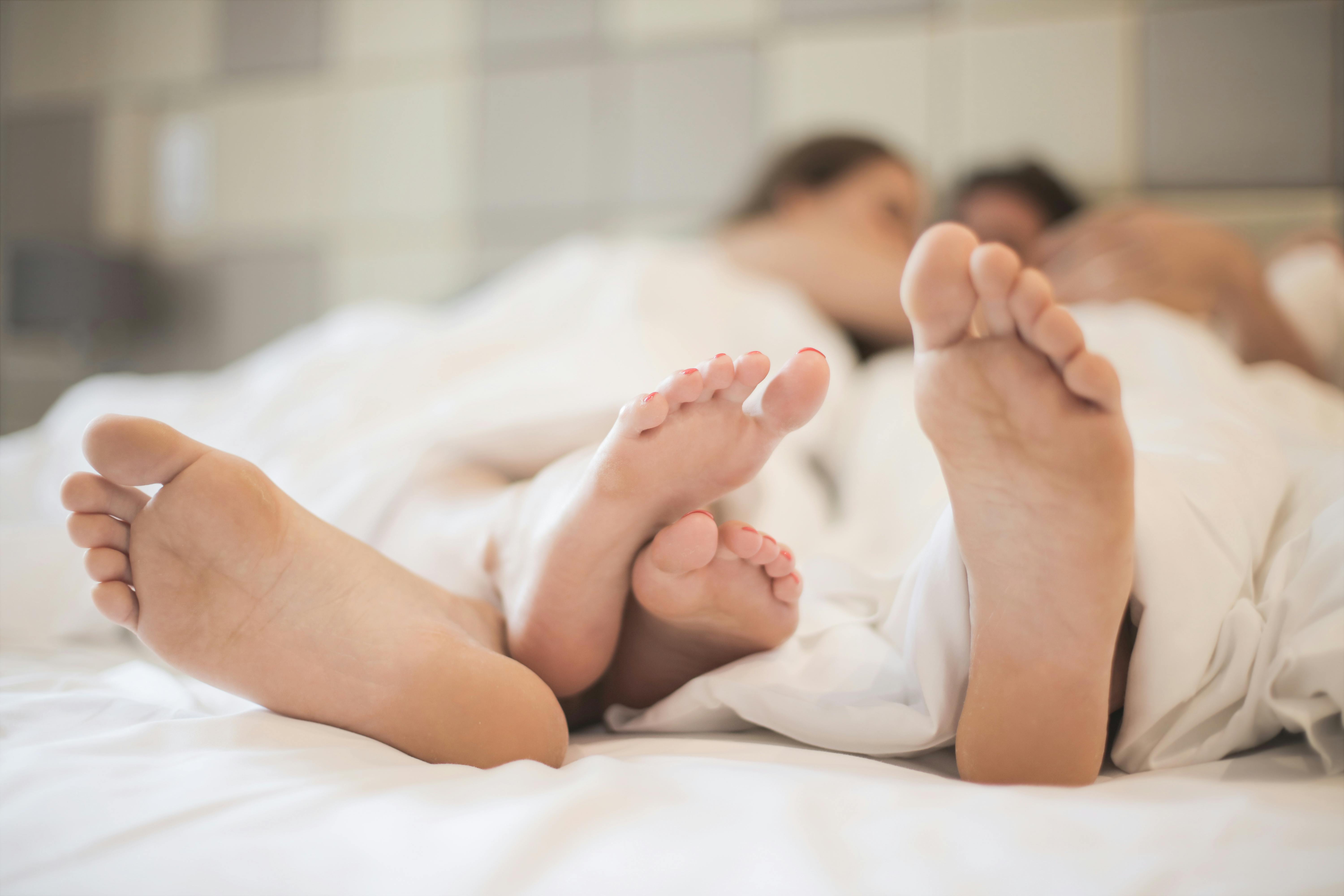After you receive your new puppy, there will be a short adjustment period. The goal is to minimize the pup’s stress about leaving his mother and help him bond with his new family. Most puppies under the age of 3-4 months will quickly bond with new people and pets, as long as they don’t have unpleasant experiences with them. This is the critical period when your puppy should be socialized with as many new people and healthy pets as possible to ensure a sociable adult dog.
1) Prevention of puppy house breaking
When you are home, supervise your puppy at all times until he has been taught what he can and cannot chew and where he can go to the bathroom (pee or poop). A good way to keep the pup in your sight and prevent him from wandering off is to keep him on a long leash.
As long as the puppy cannot be supervised, it should be housed in a safe place. This can be a small crate if for a short period of time or a puppy-proof room or pen if the pup is going to be confined for longer periods (more than 1-2 hours). Provisions should be made for water, food, safe dog chew toys, and shelter from the elements if the cage or pen is outdoors. It should not be used as a punishment, but simply to keep the puppy safe from vandalizing the house by going to the bathroom and chewing in the house. Allow the puppy to exercise and go to the bathroom before delivery.
2) How to train a puppy
It is very important to try to avoid punishing new pups, as this can lead to avoidance at a time when bonding with people is critical. This can be done by setting the pup up for success by providing proper supervision or confinement as needed.
If a reprimand is warranted, a simple “NO” in a deep voice AT the time of the undesirable behavior. Dogs cannot associate punishment in the present moment for something that happened in the past.
3) Puppy Potty Training
You must provide an acceptable area for grooming and orienting until the pup learns to use this area as his “bathroom.” The toilet area should be kept clean by picking up feces (poos) daily and disposing of them. A grassy patch away from the house is suitable.
Often it only takes a few days to potty train puppies. They soon learn where they should or shouldn’t go and the consequences of going to the bathroom indoors.
Puppies have a very strong urge to go to the bathroom soon after eating, drinking, exercising, and soon after waking up. You should take your pup to his potty area soon (within 10 minutes) after any of these activities. Most puppies need to go to the bathroom every 2 to 4 hours when they are awake. As they get older, they gain better control and the time between grooming increases. At about 6 months of age, puppies can usually go all night without going potty, however you should still potty him right before bed and again first thing in the morning.
When the puppy goes to the bathroom on his potty, you should praise him (“good dog”) to positively reinforce the desired behavior. Some people may give you a small edible treat to achieve the same effect.
When you are home with the pup inside, he should be supervised so that you are aware of his pre-grooming behavior (circling, squatting, sniffing, whining, and scurrying). If you find that the puppy starts to go potty in the house, then all you need is a short sharp verbal reprimand, DO NOT hit the puppy. Then, take the pup to his potty area to finish grooming him and lavish praise when he does. By establishing a regular routine, the puppy will soon learn to head for the door when he wants to go potty.
If the puppy has to be left home alone or overnight, it should be allowed to go potty just before. The room in which he is confined should not be carpeted to facilitate cleaning if there is a mishap. At first, the entire floor should be covered with old newspapers. Most puppies will soon start pottying as far as possible from their food, water, and bedding, which should be set aside. At this point, you just need to cover the area that the puppy uses to go potty with newspaper. The best and cheapest disinfectant to use if a newspaper accident occurs is regular household bleach (4% sodium hypochlorite) that should be diluted 1:30 with water (for example, 1 cup of bleach per 30 cups of water). water). It’s a good idea to test a small hidden corner of the floor to make sure it doesn’t stain.
When the pup hasn’t had a “bug” in the house for a month or more, you can start to relax your supervision and confinement. It’s wise to give your pup a chance to exercise and potty before leaving him indoors unsupervised for increasing periods of time. If there is an accident, you may need to go out for shorter periods or resort to confinement until things get better again.



